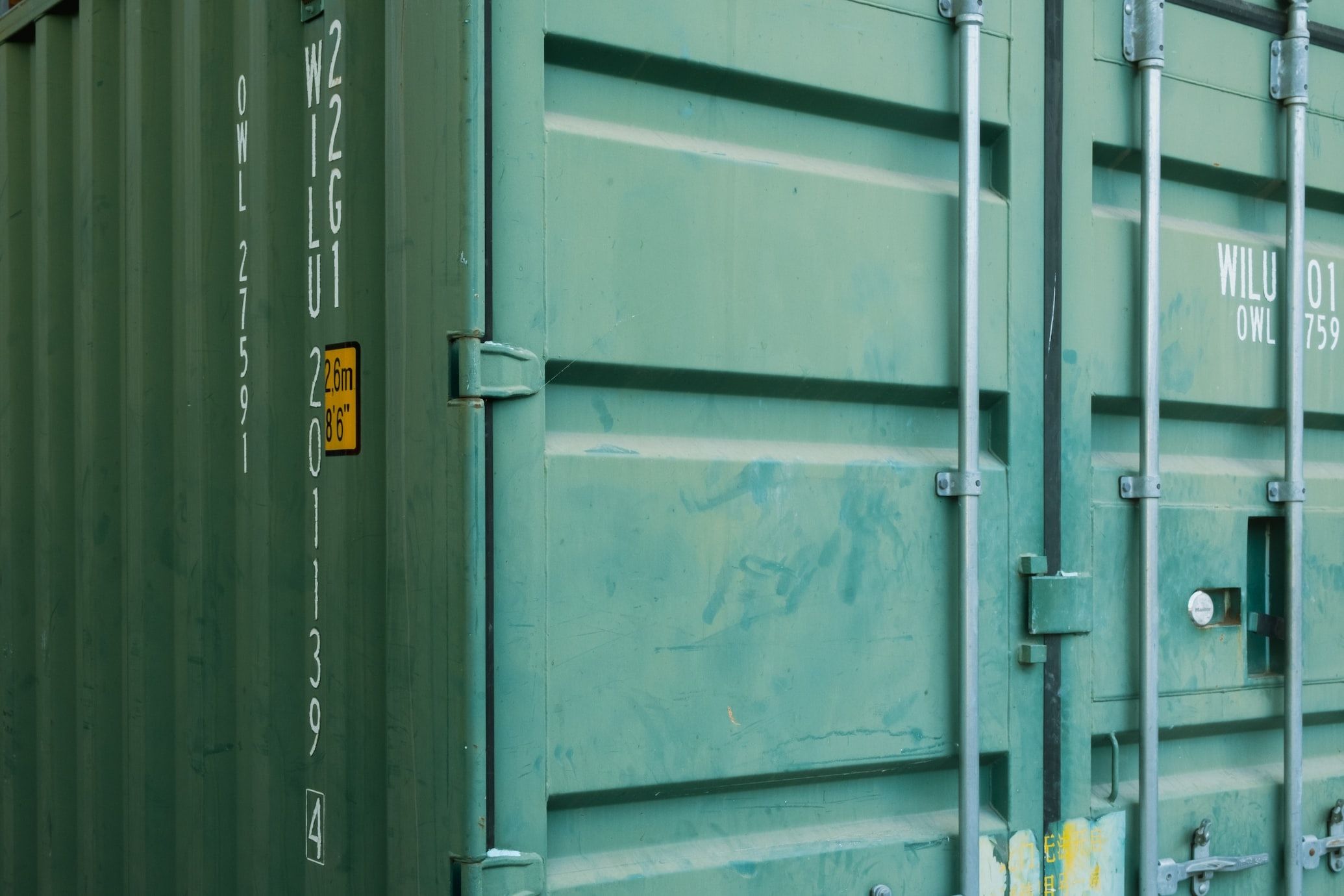SPRING SALE: Receive $100 Off Per Container
Understanding and Maintaining Shipping Container Doors
Shipping container doors are tough—but not invincible. Discover how to keep them functioning properly with easy maintenance tips.


Built Tough—But Not Maintenance-Free
Doors...they keep items in, people out and personal property secure. They set rigid boundaries, are portals into new places…and sometimes we don't need them at all. Doors are imperative, so when they don't work properly, it can be annoying and inconvenient. It’s no surprise then when we sat down with our Customer Care Lead, Jessica Mascek to discuss container care, she confirmed doors can occasional be a topic of discussion at the depot and with our customers.
Although tough and wind & watertight, the cargo doors on a shipping container are heavy (roughly 300 lbs). They can become sticky, rusty and cranky after years of wear and tear at sea. These are in fact, normal developments in the aging process of a shipping container. Much more complex than that of a house, shipping container doors include two thick corrugated steel bars that lock into place. These locking bars help to keep rodents and weather out of the box but also can keep you out if not properly cared for.
Troubleshooting Sticky Container Doors
An unleveled container can distribute extra weight on door joints and make them really hard to open. Rust can also develop, making the joints extra tacky. If you are having issues opening or closing the doors to your decommissioned container, try this steps:
- Make sure the container is not at too much of an angle to work properly by using a leveler to measure the surface pitch.
- Make sure the shipping container has been placed on a flat surface, or beams like railroad ties to make sure even on soft ground it is leveled. Any tilt of this structure will affect the functionality.
- Spray the door joints and locks with WD-40 or oil to lubricate the joints.
- Keep the door area clean of dirt and rust. Use Dove soap with hot water to remove dry dirt or mud.

Understanding the Doors of a Shipping Container: Materials and Mechanism
The doors of a shipping container are one of its most critical features, designed to provide both secure access and protection for the cargo inside. Typically located at one end of the container, these doors are built to endure the harsh conditions of sea transport, loading operations, and long-term storage
Materials Used
Shipping container doors are primarily made of corrugated steel, which offers strength, durability, and resistance to corrosion. This steel is often treated with protective coatings and paint to withstand exposure to saltwater, extreme temperatures, and physical wear. The door seals are made of weather-resistant rubber gaskets, which ensure the container remains watertight and dustproof when close.
How To Properly Open A Shipping Container?
A standard shipping container has two vertically opening doors that swing outward on heavy-duty steel hinges. Each door is equipped with vertical locking bars, typically two per door, which are used to open, close, and secure the container. These bars are connected to a cam and keeper mechanism that ensures a tight, secure seal when the doors are closed and locked.
To open a door, the operator:
- Releases the locking mechanisms (often padlocked or seal-secured).
- Rotates the vertical locking bars outward.
- Swings the doors open using the handles attached to the bars.
The design is simple but extremely robust, allowing for easy manual operation while maintaining security and protection during transport.
Secure, Functional, and Ready for Years to Come
Shipping container doors may seem straightforward, but their construction and function are essential to the integrity and usability of the container. Made from high-strength steel and built to seal tightly, these doors ensure that goods remain safe and accessible, whether they're crossing oceans or parked in a storage yard.
If properly cared for, a decommissioned shipping container can provide you with security, shelter and land-based transportation for years to come. Learn more about our sustainable shipping and storage solutions.
Frequently Asked Questions
Opening the doors on a shipping container can sometimes be a bit challenging. These doors are designed to be strong, heavy, and weather-resistant to keep your cargo safe. However, if the container is not properly leveled, it can make it difficult for you to access your belongings.
To make your shipping containers doors operate more smoothly, here are a few helpful tips.
- Ensure that the shipping container is positioned on a level surface.
- Inspect whether both doors are properly aligned with each other.
- Apply WD-40, Fluid Film, Armour All, Rust Check, or oil to the door joints and locks.
- The right door is the lead door and should be pulled first. Start by opening the left bars on the right door.
Containers are specifically designed to be resistant to wind and water, ensuring they remain durable and protected from harsh weather conditions like strong winds, heavy rainfall, and impacts from transportation vehicles. At Eveon Containers, we thoroughly inspect and guarantee that all containers we sell are wind and watertight, in accordance with our Container Quality Guarantee.
Shipping containers, made from robust Corten steel, undergo meticulous manufacturing steps including cutting, welding, and protective measures to ensure strength and durability during transportation and storage.

